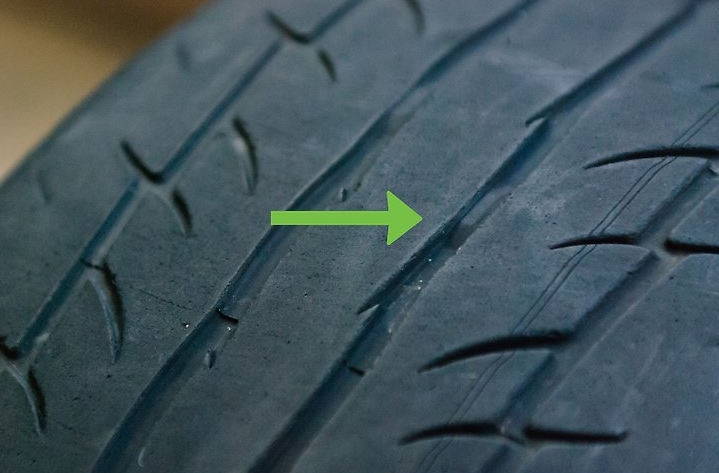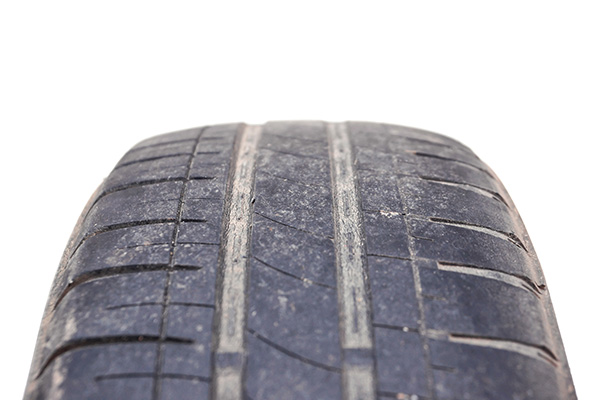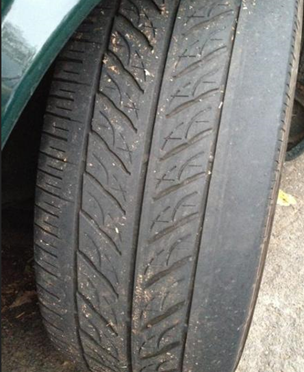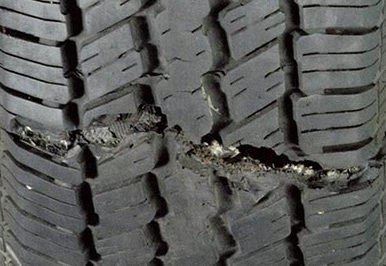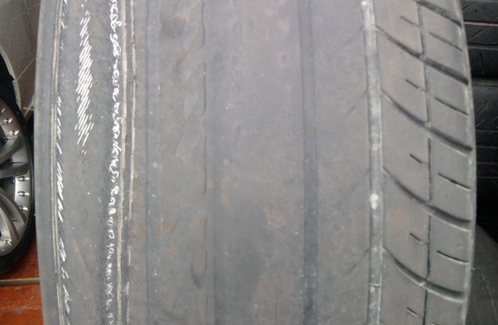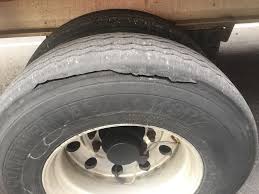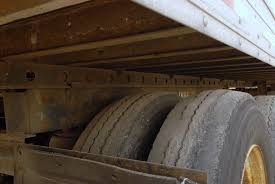Test vehicle requirements
On this page:
- General test vehicle requirements
- Vehicle safety requirements
- Test vehicle requirements per licence class
- Driving test checklist
You must bring a safe, suitable clean vehicle to use for your practical driving test.
The vehicle will be inspected before the test—if it doesn’t pass the inspection, you won't be able to take your test and will lose your booking fee.
General test vehicle requirements
You will only be allowed to take your test if:
- your vehicle is currently registered (registration number required)
- your vehicle is roadworthy, with no known defects such as faulty Takata airbags
- you have correctly displayed L-plates on your vehicle
- you have correctly displayed the required label on your vehicle if it is hybrid, electric, hydrogen fuel cell-powered or runs on liquid petroleum gas (LPG)
- you have the registered operator's permission for the vehicle to be used in the test. (You can't use a vehicle that is registered to a dealer for a test)
- your vehicle meets the requirements for the licence class you are applying for.
- your vehicle is not a personally imported vehicle with airbags fitted.
Personally imported vehicles with airbags fitted cannot be used for a practical driving test due to the Takata Airbag Recall. Because there is no way to verify if the airbags in a personally imported vehicle are faulty, they can't be used for the test.
If your vehicle requires a certificate of inspection (COI) (for example heavy vehicles, buses, taxis and booked hire vehicles), you will only be allowed to take your test if your vehicle has a current certificate recorded.
Please switch off your mobile before your test and disable any automatic Bluetooth connections to your vehicle.
Vehicle safety requirements
Your driving examiner will check your vehicle to make sure it is suitable to be used for your test.
Lights and horn
Your test vehicle must have working:
- indicators (including indicators in bull bars)
- head lights
- tail lights
- brake lights (including the centre brake light)
- horn.
Doors and mirrors
Your test vehicle must have:
- doors that open and close correctly
- adjustable side and rear vision mirrors.
Windows and windscreen
Your test vehicle must have working:
- windows that can be opened and closed, and that have a safe level of visibility
- windscreen wipers that wipe and clean the windscreen
- windscreen that is free of cracks, chips and damage in the area swept by the windscreen wipers.
If your vehicle is a convertible or has a sunroof, it must be closed during the test.
Seatbelts
Your test vehicle must have working seatbelts and head restraints fitted to both front seats, unless the vehicle is exempt.
Brakes
Your test vehicle must have a working parking brake.
Tyres
- All tyre walls must be in good condition.
- All tyres must have a tread depth of at least 1.5mm in the principal grooves, which are the wide grooves in the middle section of the tyre.
- Tread depth must be at least 1.5mm in a continuous band around the whole tyre.
- If the test vehicle is a heavy vehicle, there must be at least 1.5mm tread depth in a continuous band across at least 75% of the tyre width.
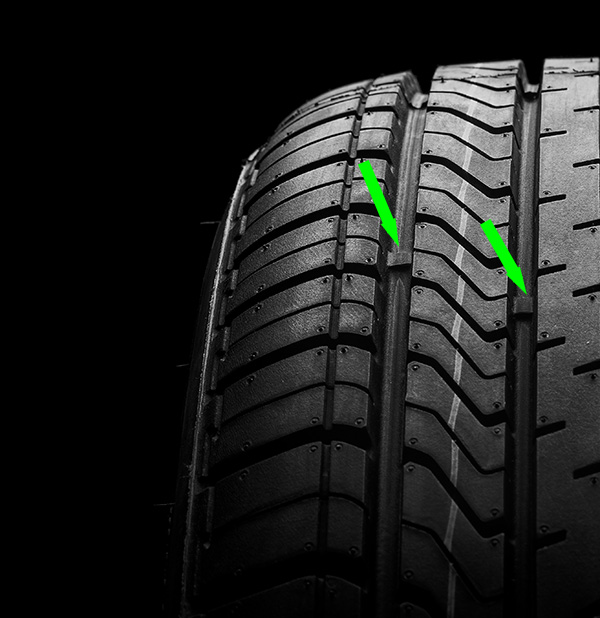
Treads in the principal grooves of a tyre
Examples of suitable tyres
Examples of unsuitable tyres—light vehicles
Examples of unsuitable tyres—heavy vehicles
Test vehicle requirements for each licence class
| Licence class | Vehicle requirements |
|---|---|
| RE |
A learner approved motorcycle You cannot take a test on a:
|
| R | A motorcycle that is not on the learner approved motorcycle list
|
| C |
A vehicle that weighs a maximum of 4.5t GVM, built or fitted to carry no more than 12 adults, including the driver You cannot take the test on a motorcycle or moped |
| LR | A bus or truck that weighs between 4.5t GVM and 8t You cannot take the test in either:
The vehicle must have a current Certificate of Inspection (unless exempt). If the vehicle is a dangerous goods vehicle, you must present a certificate stating that it has been emptied and flushed. |
| MR | A bus or truck with a maximum of 2 axles that weighs more than 8t. The vehicle must have a current Certificate of Inspection (unless exempt). If the vehicle is a dangerous goods vehicle, you must present a certificate stating that it has been emptied and flushed. |
| HR | A bus or truck with 3 or more axles that weighs more than 15t. You cannot take the test in a bobtail prime mover. The vehicle must have a current Certificate of Inspection (unless exempt). If the vehicle is a dangerous goods vehicle, you must present a certificate stating that it has been emptied and flushed. Additional requirements for a rigid truck are:
A truck to be used for a HR test may be fitted with a lift axle. The vehicle is required to comply with the Australian Design Rule (ADR) in that the vehicle must be ADR compliant when it has 3 axles on the ground. |
| HC | Option 1: A prime mover that weighs more than 15t GVM with at least 3 axles, towing a semitrailer with at least 2 axles. Option 2: A truck that weighs more than 15t GVM with at least 3 axles, towing a trailer weighing more than 9t GVM with at least 2 axles You must bring at least 3 portable warning triangles |
Driving test checklist
Use the driving test checklist before your test to make sure you're prepared.



